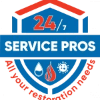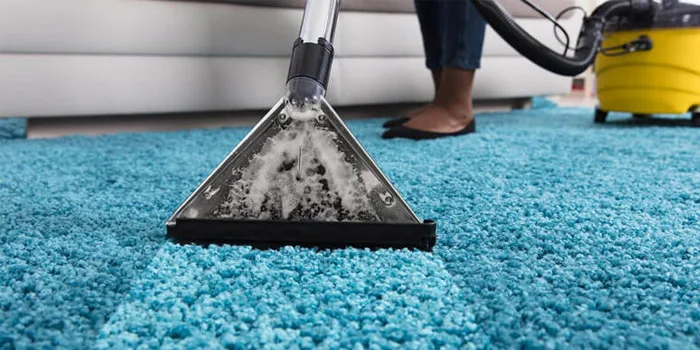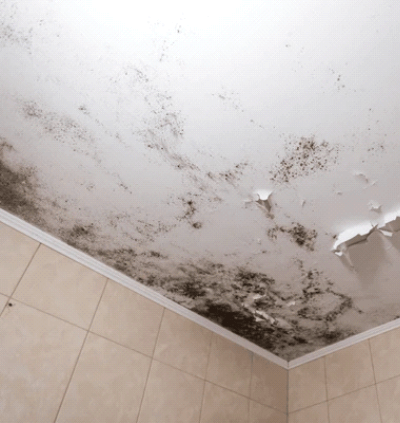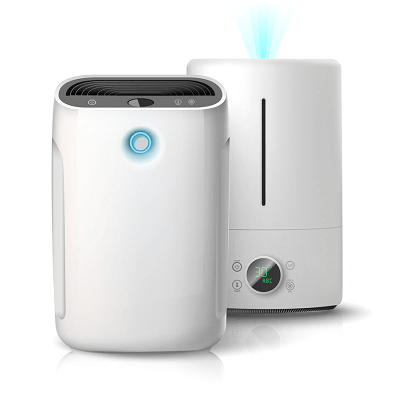By understanding how to identify mold and how to safely remove it, you can protect your home and your health. Let’s begin our journey into understanding and combating mold.
How to Identify Mold in Home
Mold can be identified visually – it often appears as discoloration, stain, or fuzzy growth on the surface of building materials or furnishings. The color can be white, black, gray, green, yellow, or brown. In some cases, mold may look like fine, black soot, or it may appear as clusters of small black spots.
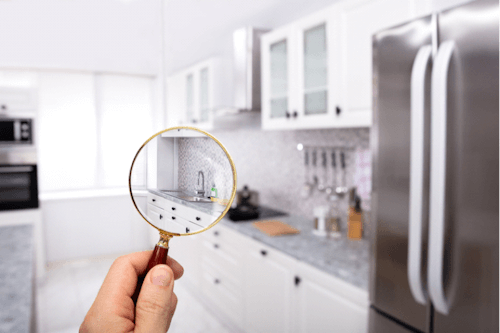
Smell
Mold often produces a musty odor, which can be the first indication of a problem even if the mold is hidden. This smell is caused by microbial volatile organic compounds (mVOCs), which are gases produced by mold.
Health Symptoms
Health symptoms can also indicate the presence of mold. Sensitive people may experience symptoms such as wheezing, nasal stuffiness, coughing, and irritation of the throat, eyes, and skin. Individuals having mold allergies might have more severe responses, and those with a compromised immune system or persistent lung ailments may develop dangerous respiratory infections when confronted with mold.
Professional Mold Testing
If you suspect a mold problem but can’t see it or smell it, professional mold testing can be a good option. Professionals use a variety of testing methods to detect mold, such as air sampling, surface sampling, and bulk sampling.
- Air sampling measures the amount of the mold spores in your residence’s air.
- Surface sampling tests for the amount of mold growth and spores deposited on household surfaces.
- Bulk sampling entails gathering items from the residence.
Mold Testing Kits
There are also mold testing kits available on the market that you can use yourself. These kits include a Petri dish and a growth medium. You set the dish out in your home for 24 hours and then send it to a lab for analysis.
The Importance of Mold Identification
Identifying mold is the first step in the mold remediation process. Once you know you have a mold problem, you can begin the process of cleaning it up and preventing future mold growth. All molds, however, need to be removed as quickly as possible and addressed as potential health dangers, regardless of their kind or quantity.
How to Remove Mold
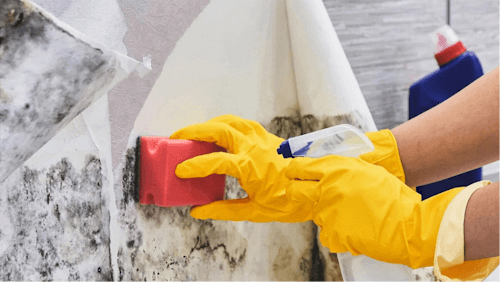
Safety Measures
Before starting the mold removal process, it’s important to take certain safety measures.
- Wear protective clothing that covers your entire body and can be easily cleaned or discarded after the cleanup.
- Put on goggles without ventilation holes and gloves that reach across the middle on your forearm.
- It’s also crucial to use an N-95 respirator to protect yourself from breathing in mold spores.
Mold Removal Process
Non-porous materials (like glass, metal, and plastic) can be cleaned with a bleach solution, scrubbed, dried, and reused. However, porous materials (like ceiling tiles, carpet, and wallboards) may need to be replaced.
Here’s a detailed guide on how we can remove mold:
- Prepare the Area: Seal off the moldy area from the rest of the house with plastic sheeting and duct tape. Place a fan in a window to blow air out of the room.
- Remove Damaged Materials: Carefully remove moldy porous materials and seal them in plastic bags before disposing of them.
- Clean Surfaces: Scrub all moldy surfaces using a bleach solution (1 cup of bleach in 1 gallon of water). A stiff brush should be used on rough surfaces like concrete.
- Dry the Area: Quickly dry the area using fans and dehumidifiers to prevent the mold from growing back.
- Vacuum: Vacuum the area and surrounding areas with a HEPA vacuum.
- Replace: Replace the removed materials with new, mold-free materials.
Professional Mold Removal
In some cases, mold infestations can be too large or severe to handle on your own. The Environmental Protection Agency (EPA) recommends hiring a professional mold removal company if the moldy area is more than 10 square feet.
The Importance of Prompt Mold Removal
Mold can start to grow in as little as 24 to 48 hours under the right conditions. As soon as you suspect a mold problem, it’s important to take action immediately to prevent further growth and potential health risks.
Preventing Future Mold Growth
Understanding Mold Growth
Mold spores are omnipresent, but they require certain conditions to thrive. These conditions include a food source (such as wood, drywall, or fabric), warmth, darkness, oxygen, and moisture. By controlling these conditions, we can prevent mold growth in our homes.
Controlling Humidity and Moisture
The Environmental Protection Agency (EPA) recommends keeping indoor humidity levels between 30% and 60%. Humidity may be measured with a moisture meter obtained at your local hardware shop.
Here are some ways to reduce humidity and prevent moisture buildup:
- Use dehumidifiers or air conditioners during humid days.
- Ensure your home has adequate ventilation. Use exhaust ventilators in the kitchen and bathroom.
- Repair and clean roof gutters.
- Make sure that the home’s foundation slopes away from your ground.
Regular Cleaning and Maintenance
Regular cleaning can also prevent mold growth. Mold can grow on dust, so regular dusting and vacuuming can help reduce mold growth. Also, washing mold off hard surfaces and drying completely can prevent mold growth.
Professional Help
If you have a serious mold problem or if you are highly sensitive to mold, you may need to hire a professional mold remediation company. They have the tools and expertise to deal with the problem more thoroughly than you can do on your own.
The Importance of Prompt Action
Remember, mold can start to grow in as little as 24 to 48 hours under the right conditions. As soon as you suspect a mold problem, it’s important to take action immediately to prevent further growth and potential health risks.
Learn More
Conclusion
Mold is a common issue that can cause significant health problems and damage to your home. However, by understanding what mold is, how to identify it, and how to safely remove it, you can protect your home and your health.
Regular cleaning and maintenance, controlling humidity and moisture, and prompt action at the first sign of mold can help prevent mold growth.
Remember, while small mold problems can often be handled on your own, larger infestations or mold caused by water damage often require professional remediation. Don’t hesitate to seek professional help if you’re dealing with a serious mold issue.
This guide serves as a comprehensive resource for understanding the complexities of mold, its identification, and removal. However, it’s important to remember that dealing with mold isn’t always a straightforward task. Each mold situation is unique and may require a different approach. If you’re facing a severe mold issue in your home, it’s highly advisable to consult with a professional.
Our Mold remediation experts are equipped with the knowledge and tools to provide the most effective and safest solutions tailored to your specific situation.
Your initiative to educate yourself about this significant issue is commendable. It’s a testament to your commitment to maintaining a healthy living environment. Knowledge is a powerful tool, and by understanding the intricacies of mold prevention and removal, you’re taking a crucial step toward safeguarding your home.
We wish you every success in your endeavors to create a mold-free environment. Remember, the journey may be challenging, but your health and well-being are worth it. Stay vigilant, stay informed, and most importantly, stay safe. Your proactive efforts today can lead to a healthier tomorrow.
